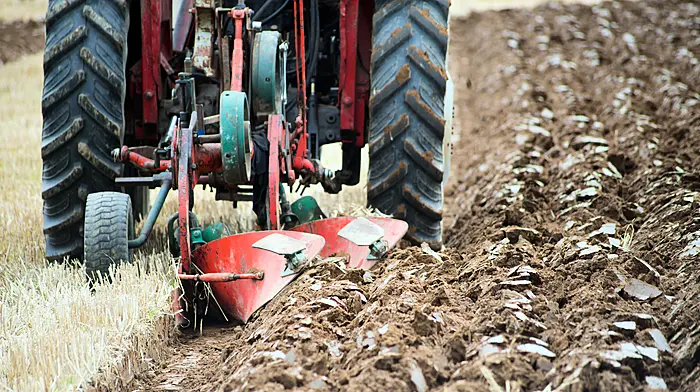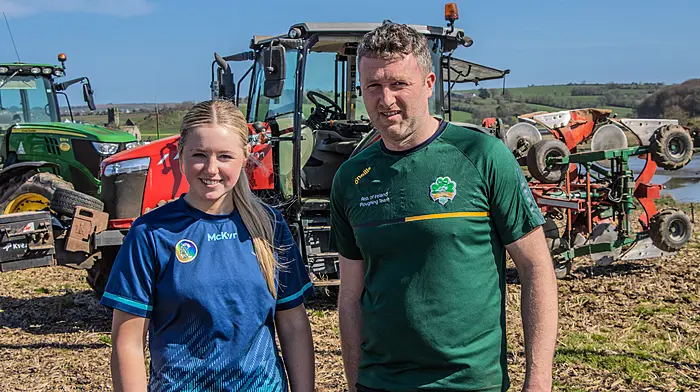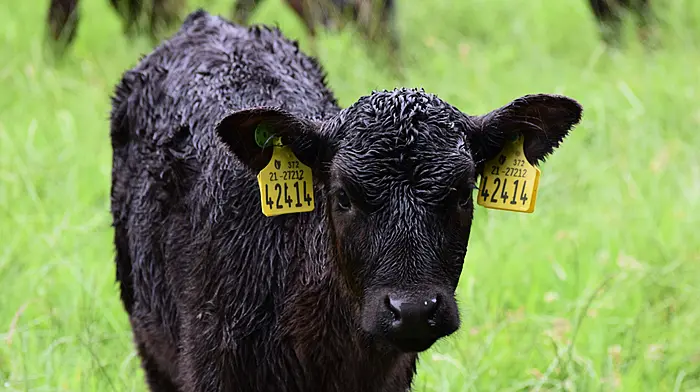ON many farms dairy cows will be heading into peak milk production over the next number of weeks, so it is essential to get as much high quality grass into their diet as possible.
Many farms are now achieving a high six-week calving rate so there will be a very large demand for grass this April.
Therefore, it is important that fertiliser and slurry applications are up-to-date. With the current high fertiliser prices, research has shown the response received from March applications will more than pay for itself.
The target for most dairy farms should be to have 60 units of nitrogen (including slurry) applied by the first week of April. Due to weather and soil conditions, there is huge variation of what has been applied to date.
On farms or individual paddocks that have received no fertiliser or slurry to date the aim should be to go with 30-35 units of chemical nitrogen as soon as possible where ground conditions and weather are suitable.
Blanket spreading the farm would be the preferred option for this time of the year.
Firstly, it will save on labour on the farm and secondly waiting to spread after paddocks have been grazed will delay grass growth further.
Heavy covers should also be spread with chemical N to speed up regrowth once grazed and to maintain quality in the sward. Where slurry is applied on paddocks after grazing at 2,500 gallons per acre there is no need for additional chemical fertiliser.
If it is a month since your last fertiliser or slurry application on those paddocks that have received them, it is now time to apply your next application of chemical fertiliser.
Paddocks that are at optimum P & K index (3 & 4) should be to blanket spread with a further 25 –30 units/N as soon as ground and weather conditions are suitable. Paddocks that are sub optimal for P and K (index 1 & 2) the aim should be to apply 1.5 bags of 18-6-12. Applying phosphorus in early spring is very important for root growth, tillering and spring growth.
Regarding fertiliser for first cut silage, the key message here is to close enough ground and apply enough fertiliser so that your first cuts provides 75-80% of your fodder for next winter.
On index 3 soils the requirements to grow 5t /ha/ DM is 100 units of nitrogen, 16 units of phosphorus and 100 units of potassium. Where possible, slurry should be targeted on silage ground as it has the correct ratio of P:K to meet plant requirements.
In 2021, slurry was tested by over 50 farmers in the last year in counties Kilkenny and Waterford showed an average value of 9 N – 5 P – 42K units per 1,000 gallons. This type of slurry when applied at 2,500 gallons per acre eight weeks before harvest will be enough to meet to the P & K requirements of the crop.
It is very important not to put out excess potash on our silage fields (+100 units) as this could lead to luxury uptake and issues at calving, such as milk fever. Along with slurry, a further 70 units of chemical nitrogen (1.9 bags of protected urea) with sulphur is required to grow the crop. The application of sulphur will improve DM yields and quality and help the N applied to be used more efficiently.
• Aoife Healy is a business and technology dairy advisor based in Clonakilty and covering the Dunmanway area.










